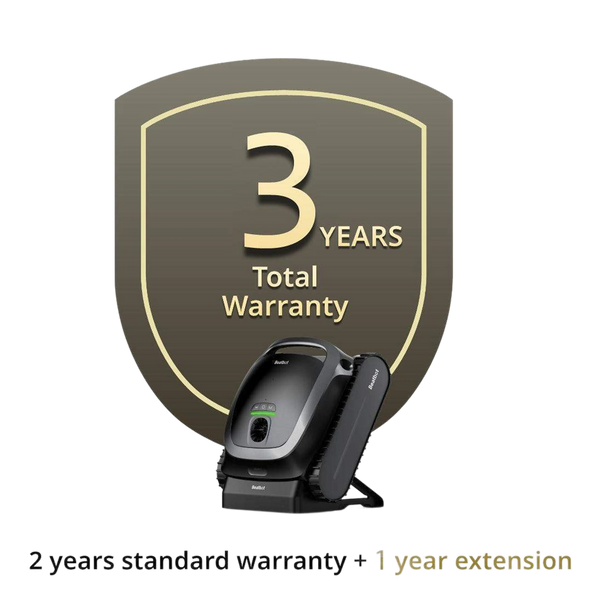How often do you need to replace a pool vacuum tubing?
Every pool owner aspires to turn their pool into a clear oasis, but achieving and maintaining this clarity requires consistent maintenance. Pool vacuum tubing is a vital component of the cleaning system, allowing you to clean the walls and floor without needing to drain the pool. However, like other common pool cleaning equipment such as skimmers, tubing can gradually wear down over time. But when do you need to replace the tubing? In this article, we will discuss this topic.
Table of content

What is Pool Vacuum Tubing?
Pool Vacuum Tubing is an essential tool for cleaning pools. You can connect this convenient device to the vacuum and skimmer , making it easy to clean any hair, dirt, debris, and algae that have accumulated on the ground and walls.
As time goes by, the end of the pool's vacuum hose may gradually wear down or even become damaged due to frequent use. If left outdoors in harsh weather conditions, the hose can also become brittle and prone to breaking.
Once you notice a decrease in suction power or water leaks at the end of the hose, it may be time to replace the pool vacuum hose end.
How Do You Know When You Need to Replace Your Pool Vacuum Tubing?
When you notice a significant drop in suction power, water leaks at the hose end, and obvious signs of wear and tear, it's time to start considering replacing the tubing. Generally, if you hear a chugging sound while vacuuming your pool, similar to the sound of sipping a hot cocoa, there's a good chance that your tubing is either lacking suction power or already damaged. Like any other pool cleaner equipment, ignoring existing damage can often lead to more severe consequences.
Failing to replace it in a timely manner may result in reduced cleaning efficiency, the accumulation of debris in the pool, damage to the pool walls, and even threaten the lifespan of other cleaning equipment.
Guidelines to Determine When to Replace the Tubing:

Quality of Tubing:
High-quality tubing, such as those made from durable materials like reinforced PVC or silicone, may last longer than lower-quality options. So check the manufacturer's recommendations for the expected lifespan of the tubing.
Usage and Maintenance:
Regular use of the pool vacuum, especially in larger or more heavily used pools, may lead to faster wear and tear on the tubing.Proper maintenance, such as regularly cleaning and inspecting the tubing for damage, can help extend its lifespan.
Pool Environment:
Pools with high levels of debris, chemicals, or extreme temperatures may cause the tubing to degrade faster.In addition, exposure to sunlight and UV rays can also degrade the material over time.
Manufacturer's Guidelines:
Refer to the manufacturer's instructions for specific guidance on when to replace the tubing.Some manufacturers may provide a recommended replacement schedule based on typical usage patterns.
In Conclusion
So, the next time you're admiring your clear, blue pool, remember the unsung hero behind the scenes—your pool vacuum tubing. And when it's time to say goodbye, remember to thank it for its service and invest in a new one to keep your pool sparkling for years to come. After all, a happy pool is a happy pool owner!
Relative Blogs
About the author



















